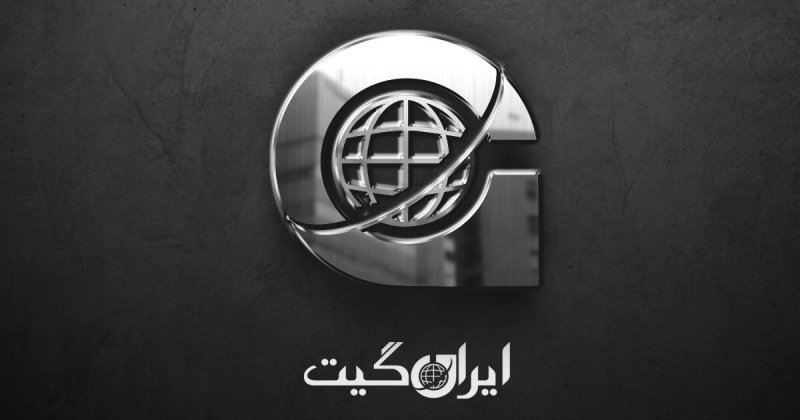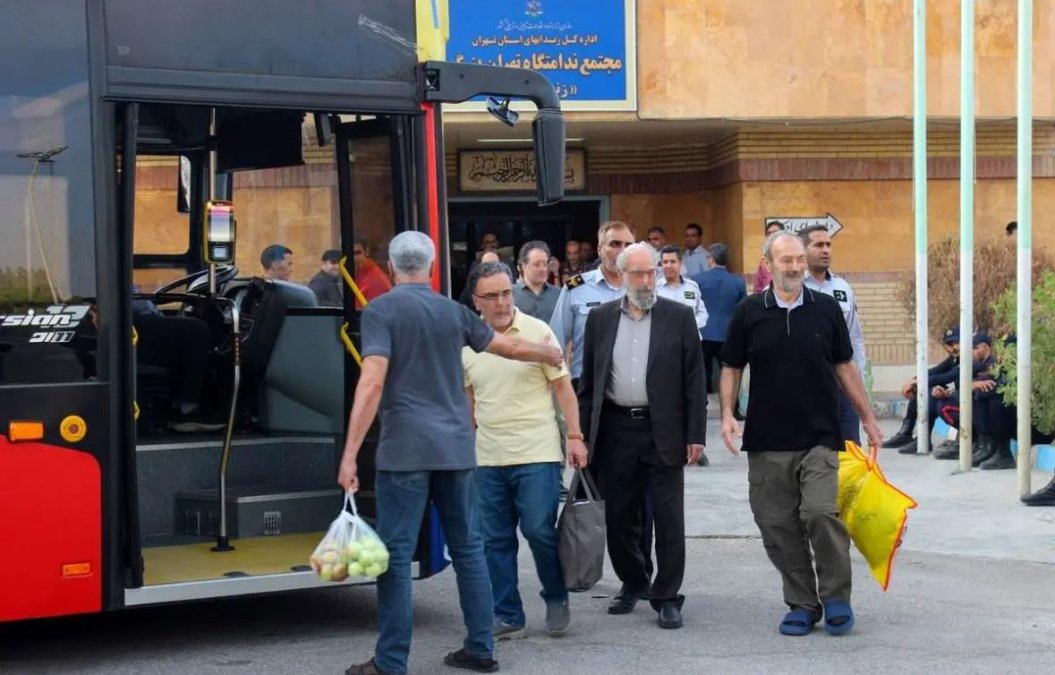Return with Batons: The Account of Political Prisoners on Torture En Route to Evin
Return with Batons: The Account of Political Prisoners on Torture En Route to Evin
According to IranGate News Agency, following Israeli airstrikes on Evin Prison and the temporary transfer of several political prisoners to other prisons, numerous reports of the violent return of these individuals to Evin have been published. These accounts clearly contradict the official claims of the Islamic Republic’s judicial authorities.
Some well-known prisoners have issued statements reporting widespread beatings, humiliation, and violent behavior during their return to prison, considering this event a clear example of systematic suppression of political opponents.
While the judiciary denies any violence, the published evidence and testimonies reveal worrying dimensions of what occurred during the transfer process.
A New Account of Violence in the Return Process of Political Prisoners to Evin
Seven weeks after the Israeli airstrikes on a part of Evin Prison, several political prisoners who had been transferred to other prisons reported in a detailed account about their violent return and the beatings they and their fellow inmates experienced.
The content of this account is in complete contradiction with the official statements of the judiciary.
Three well-known prisoners, Mohammad Mehdi Mahmoudian, Mostafa Tajzadeh, and Abolfazl Ghadyani, published a report titled ‘The Account of a Staged Scene for Brutal Suppression,’ emphasizing that the government denies the obvious truths, realities that many independent witnesses cannot believe are fake, even without film evidence.
A separate report signed by 14 political prisoners has also been published, stating its purpose as the historical documentation of these events, condemning the violence, and exposing the government’s lies. They believe the costly and irresponsible management of the regime has fallen on the shoulders of the children of this land.
In contrast, the judiciary released a few seconds of footage from the initial moments of transferring prisoners from the Greater Tehran Prison to Evin, claiming that this transfer occurred without any conflict or disrespect.
The Beginning of the Story
On the second of Tir, coinciding with the eleventh day of the 12-day war, Israel carried out attacks on several government centers in Tehran, including Evin Prison.
According to reports, these attacks resulted in the deaths of 71 to 80 people and damage to parts of the prison, including the clinic.
The Prisons Organization announced a day after this attack that Evin prisoners had been transferred to other prisons in Tehran province.
However, in the following days, reports about the dire situation of the transferred prisoners were published, including in Qarchak Prison and the Greater Tehran Prison.
On the 17th of Mordad, the judiciary announced that Evin was ready again after reconstruction and the creation of new accommodations, and news of the return of prisoners was given. This action was described by officials as a sign of efforts to return to normalcy.
However, the images released by official media showed no details of the return process or the internal condition of the prison.
Prisoners’ Account of Violence
According to the account published by Mahmoudian, Tajzadeh, and Ghadyani, the return of prisoners was accompanied by severe violence, and intelligence, special unit, and IRGC forces played a role in these confrontations.
They wrote that the government is lying and the official account does not match the realities on the ground.
On the day of the incident, Mahmoudian emphasized in a message that the prison had not been rebuilt and that this transfer was a stubborn and illogical action.
According to him, families were unaware of their loved ones’ situation until the moment of transfer.
According to statements by Hossein Razagh, a former political prisoner, prisoners like Ghadyani, Tajzadeh, Bakhtiar, Ahmadian, Mahmoudian, and Safidi refused to be handcuffed and shackled upon return, and for this reason, they were severely beaten.
In subsequent statements, names of other individuals such as Morteza Parvin, Hossein Shanbehzadeh, Saeed Ahmadi, and Ehsan Ravazjiyan were also added to the list of those injured.
It is said that Mostafa Tajzadeh was laid on the asphalt of the street and forcibly handcuffed.
More Details of the Encounters
Prisoners wrote in their report that the initial agreement with the Greater Tehran Prison authorities was that they would be transferred without handcuffs and shackles, but this agreement was violated. The bus carrying the protesting prisoners was separated, and after disembarking them, force was used to attempt to handcuff everyone.
Severe physical confrontations occurred, and prisoners like Mahmoudian, Ahmadian, Bakhtiar, and others were severely injured.
It is also said that some of them, including Abolfazl Ghadyani, were injured despite their advanced age.
The August 19 statement from prisoners raises the question of why the judiciary, knowing the public condemnation, resorted to such violence and then tried to deny it.
Narges Mohammadi, Nobel Peace Prize winner, in an audio message, considered this violence a continuation of a trend prevalent in the Islamic Republic against political and ideological prisoners. Zahra Rahnavard also condemned the violent face of the government.
Uncertain Fate of Some Prisoners
According to Asghar Jahangir, the return of some prisoners to Evin was deemed inappropriate. Meanwhile, reports have been published about the transfer of some prisoners sentenced to death to Ghezel Hesar Prison.
Among the announced names are Babak Shahbazi, Pouya Ghobadi, Vahid Baniamerian, and several others.
Government Reaction
The judiciary claims that no violent encounters occurred and that only five prisoners refused to be handcuffed. According to them, everything was carried out according to legal procedures and without problems.
In contrast, Mahmoudian, Tajzadeh, and Ghadyani, by publishing a statement, rejected the official account and emphasized that only a few seconds of the start of the movement and arrival at Evin were shown, while the main event remained in silence.
Some officials, like Fazlollah Ranjbar, a member of the Parliament’s Social Commission, also considered the transfer of prisoners a valuable action and accused critics of trying to undermine the achievements of the regime.
On the other hand, a spokesperson for FARAJA claimed that security forces intervened within less than five minutes after the attack on Evin and arrested 127 prisoners who intended to escape. It was also announced that 27 individuals have not yet returned.
International Warnings
While reports about increased arrests, violence, and executions are rising, the Islamic Republic continues to refuse the admission of international human rights observers to visit the country’s prisons, including Evin.
Kenneth Blackwell and Stephen Rapp, prominent human rights figures, have warned about the deteriorating situation of political prisoners in Iran and have spoken about the possibility of repeating historical atrocities such as the massacre of prisoners in the 1980s.

